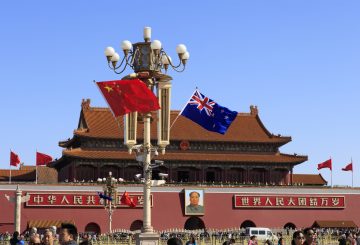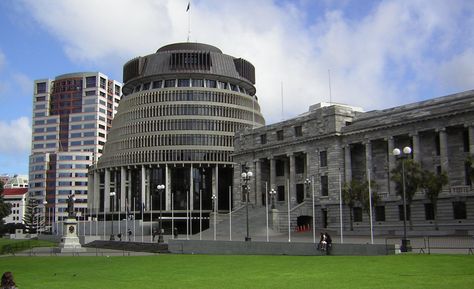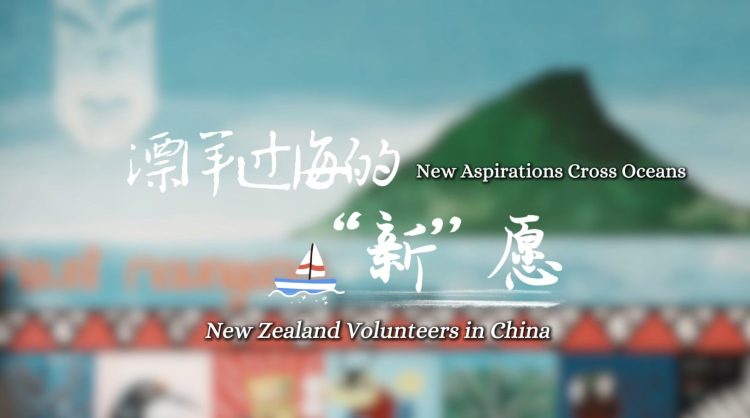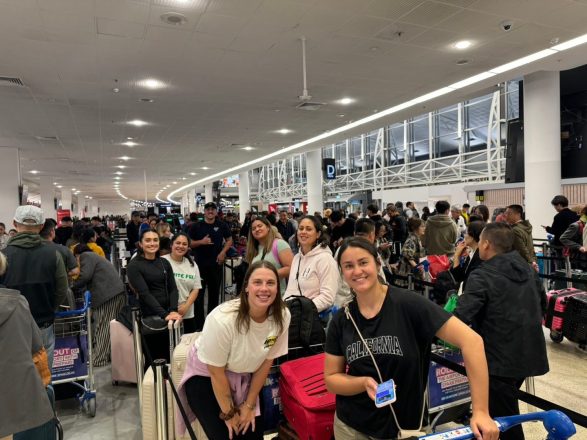New Zealand’s coffee prices are rising due to several factors. Coffee beans cost more because of a weak New Zealand dollar, higher shipping costs, and increased business costs. One coffee roaster believes that if coffee prices had kept pace with cafe costs, a flat white would now cost $7 instead of the usual $5.
Over the years, the cost of takeaway coffee has gone up. In June 2006, it was $2.89, rising to $3.72 in 2016, and now $4.79 this year. In Wellington, a flat white with an extra shot costs $6.30, while in Auckland, it is $6. Other cafes have varied prices, with some going over $7 for special options.
Internationally, coffee bean prices are increasing due to fears of frost damaging crops in Brazil. Richard Corney from Flight Coffee explained that the crops of robusta beans, used in instant coffee, are down, leading to higher prices for arabica beans, which are usually cheaper. He noted that costs are at an all-time high and predicted more price increases when Brazilian crops come in, around November or December.
Alice Burton from John Burton Ltd said the weak NZ dollar is making imports more costly. Coffee prices have surged by about 53.9% in the last year, and since coffee beans are traded in US dollars, the recent drop in the NZ dollar makes the situation worse. She mentioned that businesses might need to raise prices for consumers.
Corney agreed that everyone, from Starbucks to Nestle, will likely see coffee prices increase, especially if the supply issues persist. Cafes are hesitant to raise prices, fearing it would drive away customers. He said the current economic downturn is putting more strain on cafes than the COVID-19 pandemic did. Many cafes might close or sell due to financial pressures.
Corney pointed out that while cafes’ costs have increased, coffee prices haven’t changed much in real terms. He believes a $7 price tag should be acceptable without losing customers, but it’s a difficult sell right now.
Starting next year, new European Union rules on deforestation could further affect coffee supplies if companies cannot prove their coffee is ethically sourced. This could lead to more supply problems in the future. Overall, there is significant anxiety about future coffee supplies and prices.





























































